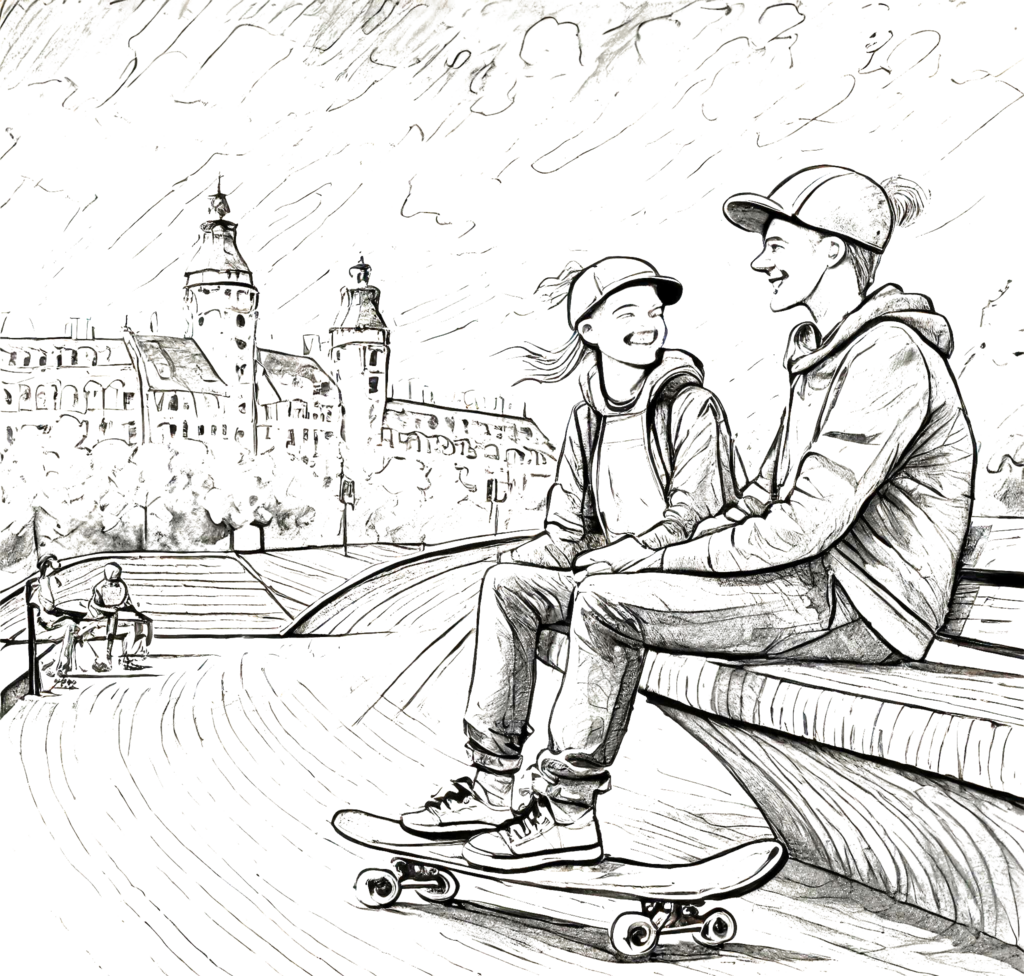Radhika Bynon argues that bench provision and bench use are underpinned by a civil tradition of public space that reflects core egalitarian and democratic values. Radhika is a Programme Leader at The Young Foundation and co-investigator on The Bench Project.

“This place is absolutely marvellous. It really gives you hope for the future. Just look around, how many different cultures you see here. I think it’s brilliant. People actually mix – you see them in their little groups and you see them saying ‘hi’ and ‘hi’ to people walking past. It’s a start.” Madge
“When I sit at home, it’s lonely. There are worries I think of. But when I come here I watch the cars passing by, or people walking, and I forget about issues at home”. Till Sana Rana
Madge comes to General Gordon Square in Woolwich several times a week with her adult daughter who is profoundly deaf. They spend hours here, watching the world go by, enjoying the bustle and the activity of the busy town centre. Till Sana Rana comes daily. She is Nepali and has very little English so meeting up with other Nepali elders in the Square is the centre of her social life.
For them and for many people we interviewed in Woolwich and Sutton over several months, the availability of public benches is crucial to for building community and supporting wellbeing.
A bench is an open gesture of welcome, an invitation to linger, however briefly. Benches create the opportunity for recognition through nodding and smiling that is fundamental to friendly communities. People enjoy mingling in public space, loosely interacting with others, and that these casual encounters foster a sense of belonging. This is particularly important because we found that, while all social groups use benches, the heaviest users are people with mental health problems, carers, older people, and those who are unemployed. Seen in this light, the availability of benches becomes an issue of inclusion, an important way of providing equal access to public space to more vulnerable members of the community. For these groups cafes as an alternative meeting place are simply too expensive and homes are often too small and too crowded.
Benches allow people to enjoy the outdoors, and provide respite from the stresses of life. Phil sits in the park to “sort my day out”, Colin told us “when women drive you mad, you come out, sit, get over it”, Margaret brings her autistic daughter out saying “I think outdoors is better for her – it makes them calm” and a busy mother talked about spending long periods of time sitting on the benches as “bringing my senses alive, it’s the only time they come alive really”.
Part of our motivation for this study was a realisation that benches are increasingly under threat. Sometimes they are made deliberately uncomfortable to discourage “extended sitting” (in Dover, Guardian 10/4/ 2014). They are often removed to deter “anti-social behaviour” (Canterbury Times, 1/6/2015) or “drug dealing” (Manchester Evening News, 15/7/2015). Increasingly, benches appear to be seen less as a symbol of a civic invitation and more as a magnet for anti-social behaviour.
We argue that bench eradication is a disproportionate response to a specific local concern and this approach denies many groups the opportunity to enjoy outdoor space. Given that benches are heavily used by those who are at greatest risk of social isolation, we would urge a more thoughtful approach. The sites we studied feel safer due to movement through – some people just passing by, some people sitting for a while – dog walkers, those heading to bus stops, school children, shoppers. This mix guards against a bench becoming the territory of one particular group. Furthermore, by encouraging more people to sit, more benches would provide more ‘eyes on the street’. People sitting on benches like watching people, which in turn improves the overall safety of an area.
Benches are part of a proud civic tradition of free access to public space for all. They speak to democratic values – and we need more, not fewer of them.